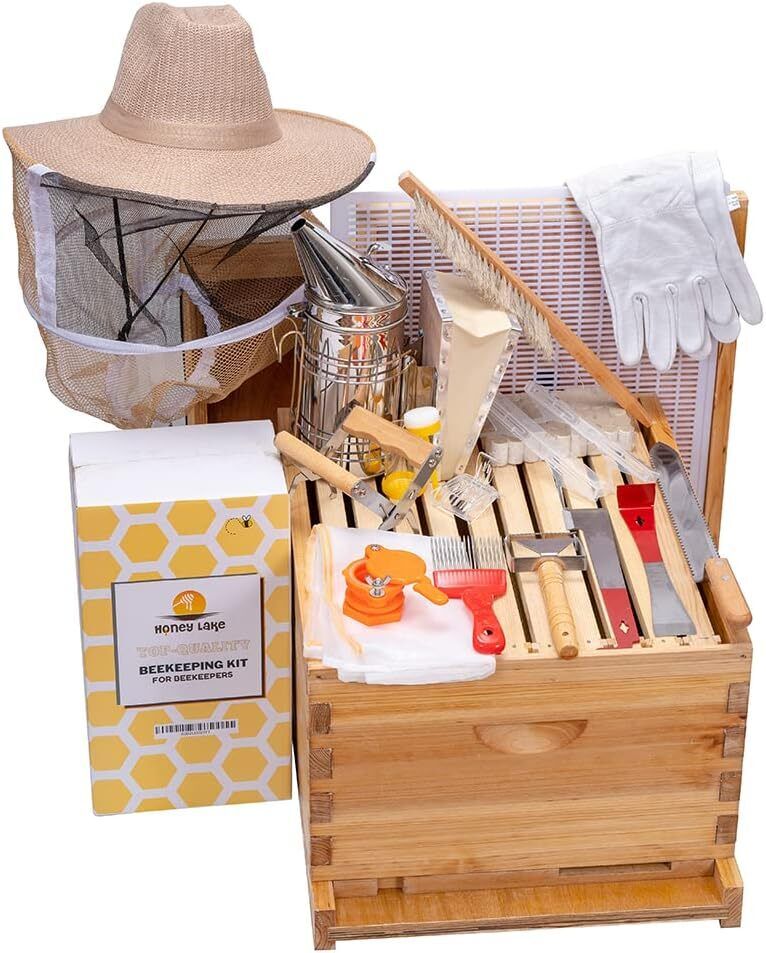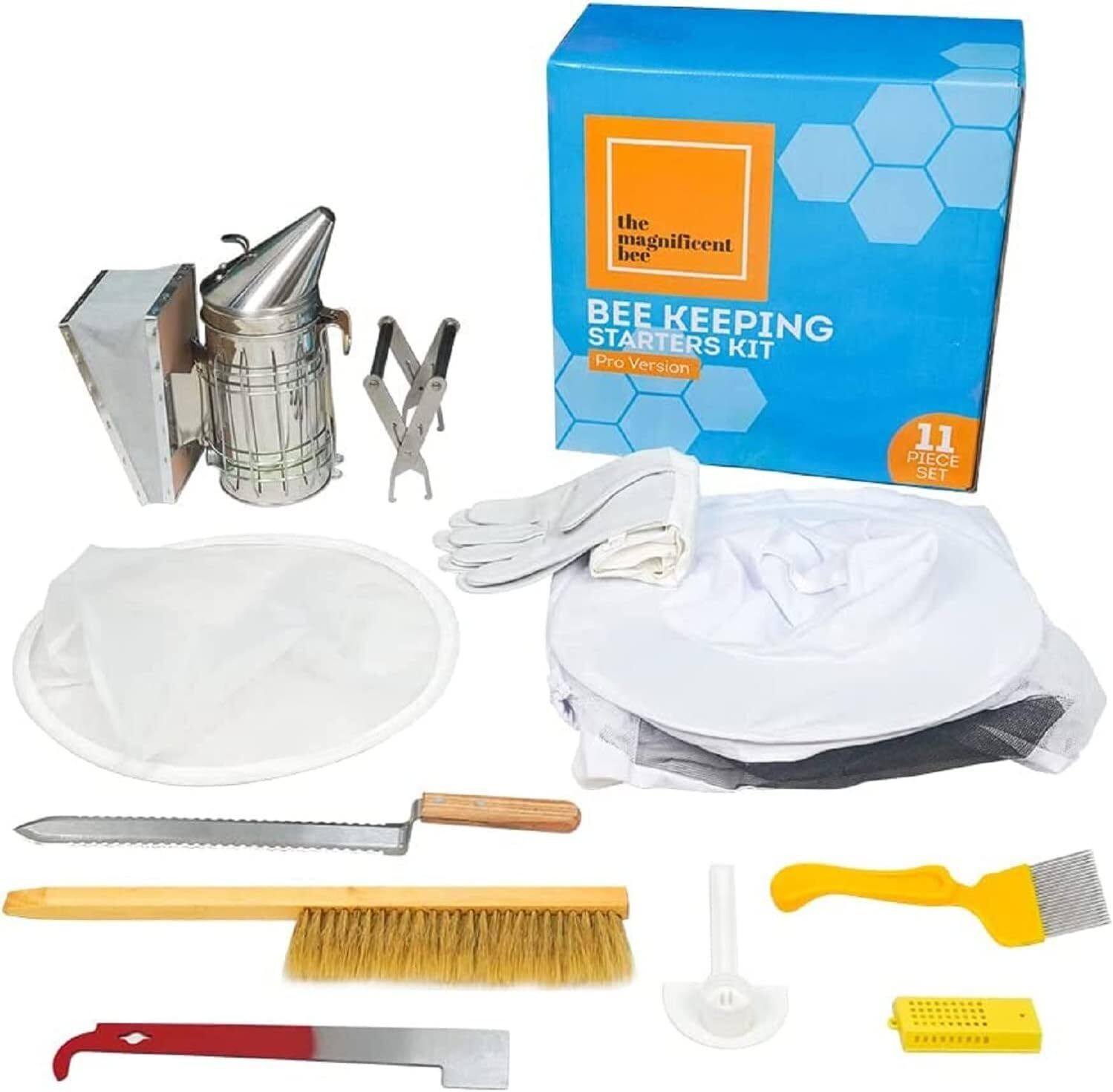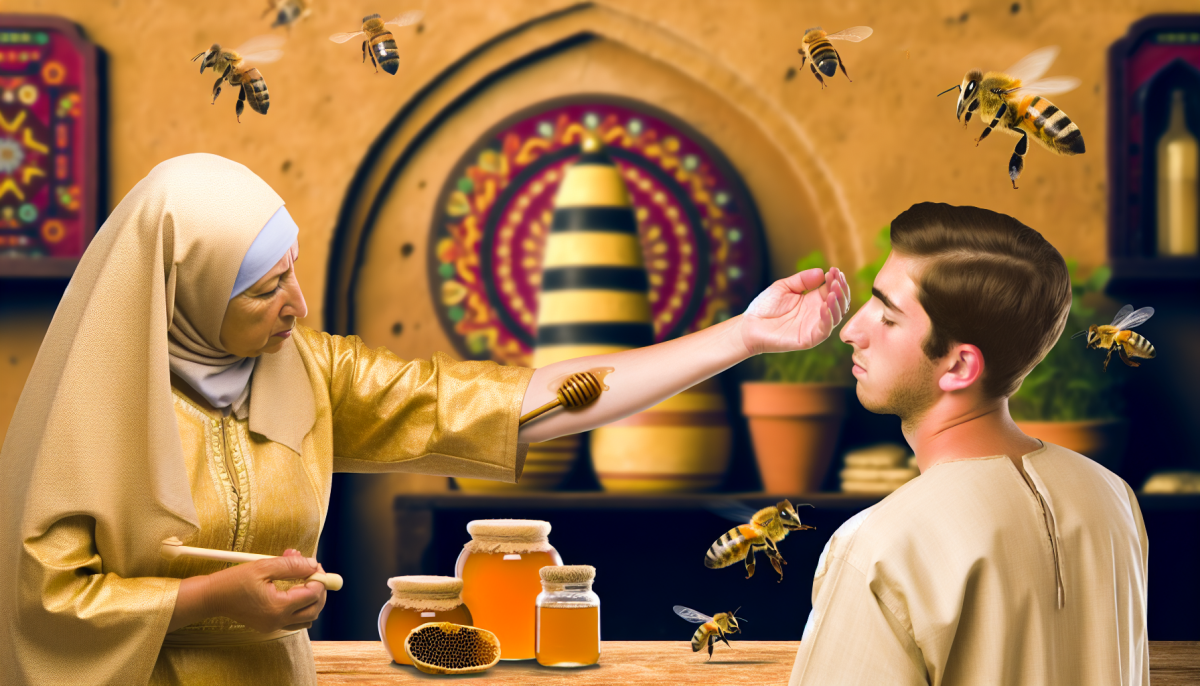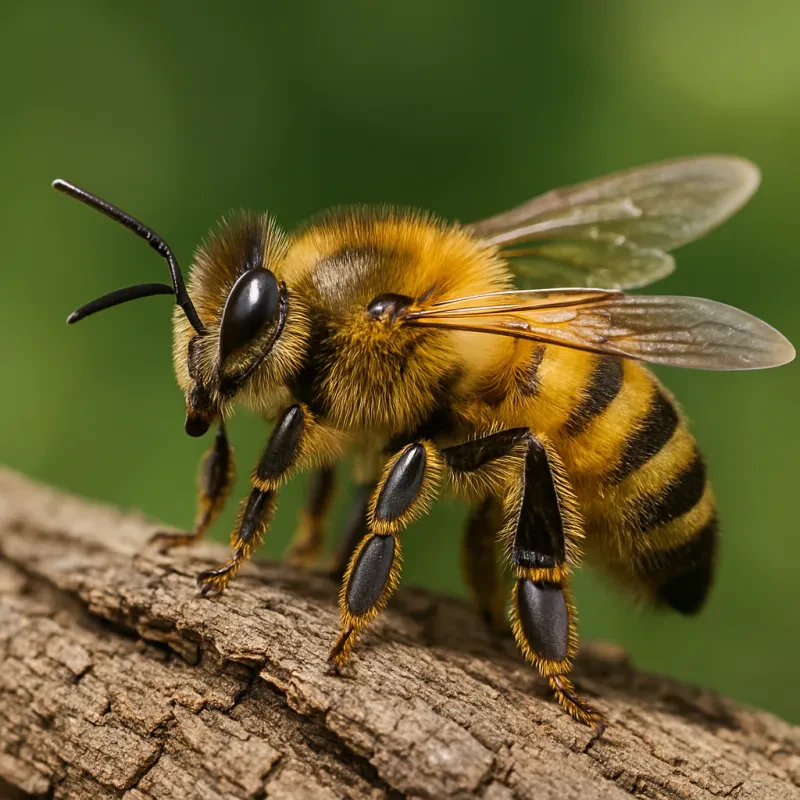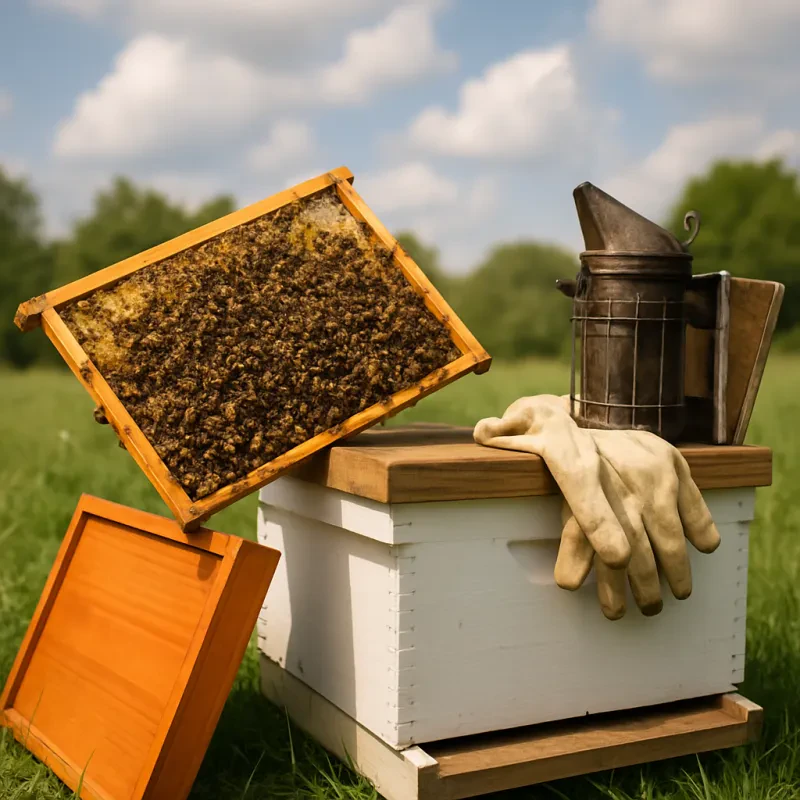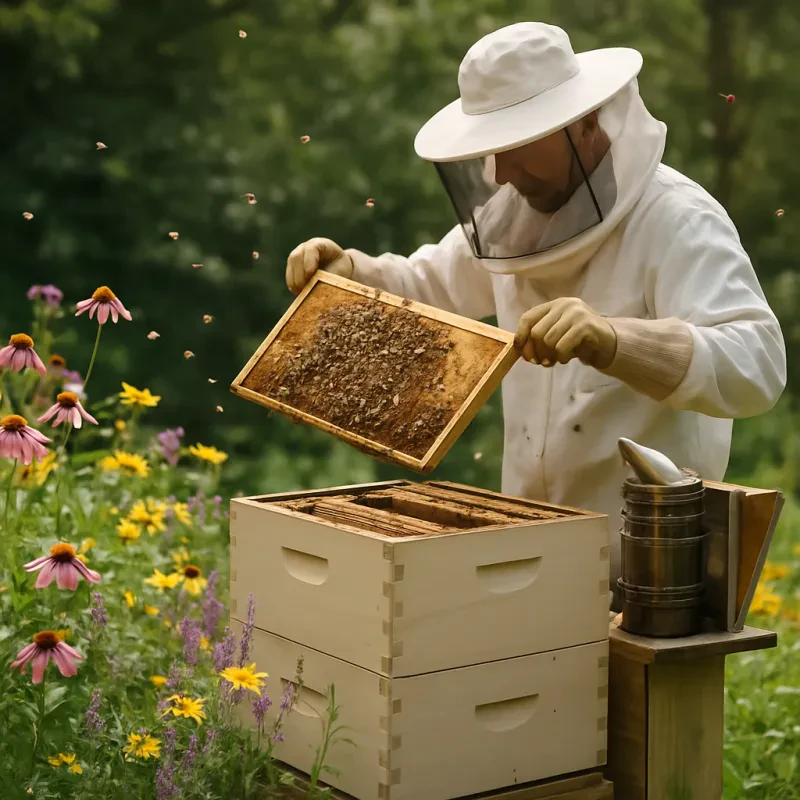Treating honey bee stings involves a range of remedies, from traditional methods passed down through generations to modern medical treatments. The history of these remedies is as diverse as the treatments themselves, reflecting the blend of folklore, empirical observation, and scientific research. Here's a comprehensive guide to common honey bee sting remedies, including the history behind each.
Removal of the Honey Bee Stinger
History and Method: The first step in treating a bee sting—removing the stinger—has been a standard practice for centuries. Historically, it was observed that the sooner the stinger was removed, the less venom was injected. Early methods varied, from scraping the stinger out with a fingernail or a dull blade to using tweezers.
Modern Perspective: Today, experts recommend scraping the stinger out as quickly as possible to minimize the amount of venom injected, cautioning against using tweezers which can squeeze more venom into the skin.
Ice or Cold Compress for Honey Bee Sting
History and Method: The use of cold to treat injuries and reduce pain is an ancient practice, dating back to the Egyptians and Greeks. Applying ice or a cold compress to a bee sting helps reduce swelling and numb the pain.
Modern Perspective: This method is still widely recommended for its simplicity and effectiveness in reducing inflammation and providing temporary pain relief.
Baking Soda Paste for Honey Bee Sting
History and Method: The use of baking soda as a remedy dates back to ancient civilizations. It was popularized in the 19th century for various medical conditions. Applying a paste made of baking soda and water to a bee sting neutralizes bee venom's acidic properties, potentially reducing pain and inflammation.
Modern Perspective: While there's some debate about its effectiveness, it remains a popular home remedy for bee stings.
Honey for Bee Sting
History and Method: Ironically, using honey to treat bee stings has a long history, dating back thousands of years to ancient Egypt and other civilizations. Honey is known for its antibacterial properties and its ability to promote healing and reduce inflammation.
Modern Perspective: Some modern studies support the use of honey for wound healing, and it remains a gentle, natural remedy for bee stings, though more for its soothing and antibacterial properties than as an antidote to venom.
Aloe Vera for Honeybee Sting
History and Method: Aloe vera has been used medicinally for thousands of years, documented in ancient Egyptian, Greek, and Roman writings. Its gel is known for soothing skin and healing wounds. Applying aloe vera to a bee sting can help reduce pain and inflammation.
Modern Perspective: Aloe vera is recognized for its anti-inflammatory and soothing properties, making it a beneficial remedy for bee stings and other skin irritations.
Vinegar or Apple Cider Vinegar for Honey Bee Sting
History and Method: Vinegar has been used for medicinal purposes for thousands of years. Applying vinegar or apple cider vinegar to a bee sting is thought to neutralize the venom's alkaline properties.
Modern Perspective: While the effectiveness of vinegar as a neutralizing agent for bee venom is debated, it's a common home remedy that some find provides relief.
Plantain Leaves for Honeybee Sting
History and Method: Plantain (the weed, not the banana-like fruit) has been used in traditional medicine across many cultures for centuries. The crushed leaves are applied to bee stings to reduce pain and swelling.
Modern Perspective: Plantain leaves have anti-inflammatory and antiseptic properties, supporting their traditional use as a remedy for bee stings and other skin issues.
The treatment of bee stings has evolved, yet many traditional remedies remain in use, supported both by historical practice and modern science. Whether opting for immediate physical methods like stinger removal and cold application, or natural substances with historical roots such as honey and aloe vera, the key is quick action to reduce pain, swelling, and the risk of allergic reactions. Always remember, for severe reactions or if an allergy to bee stings is known, seek medical attention immediately.
